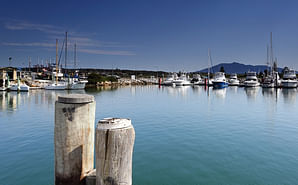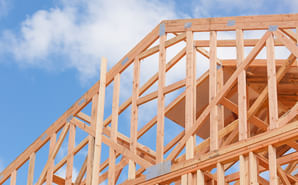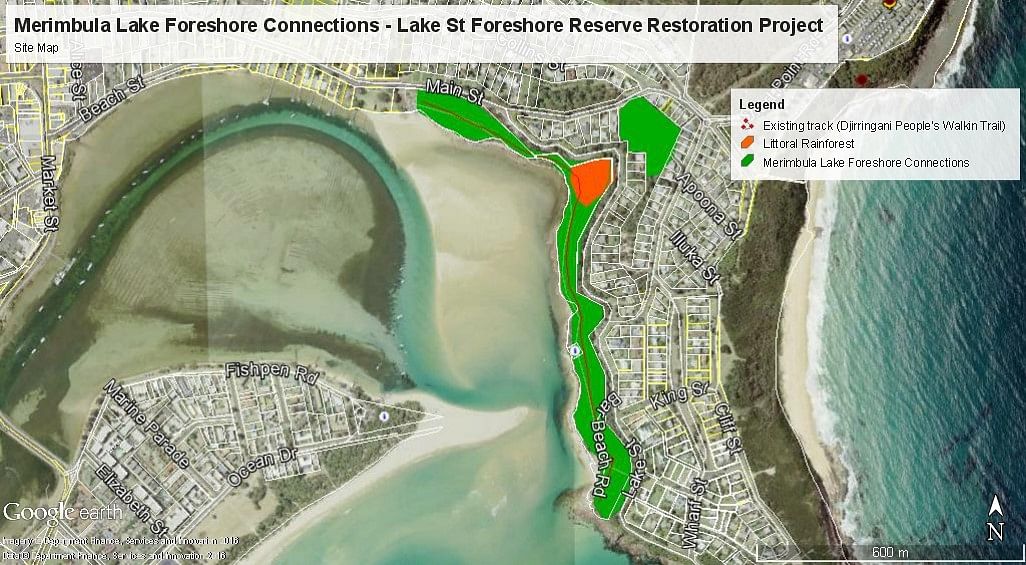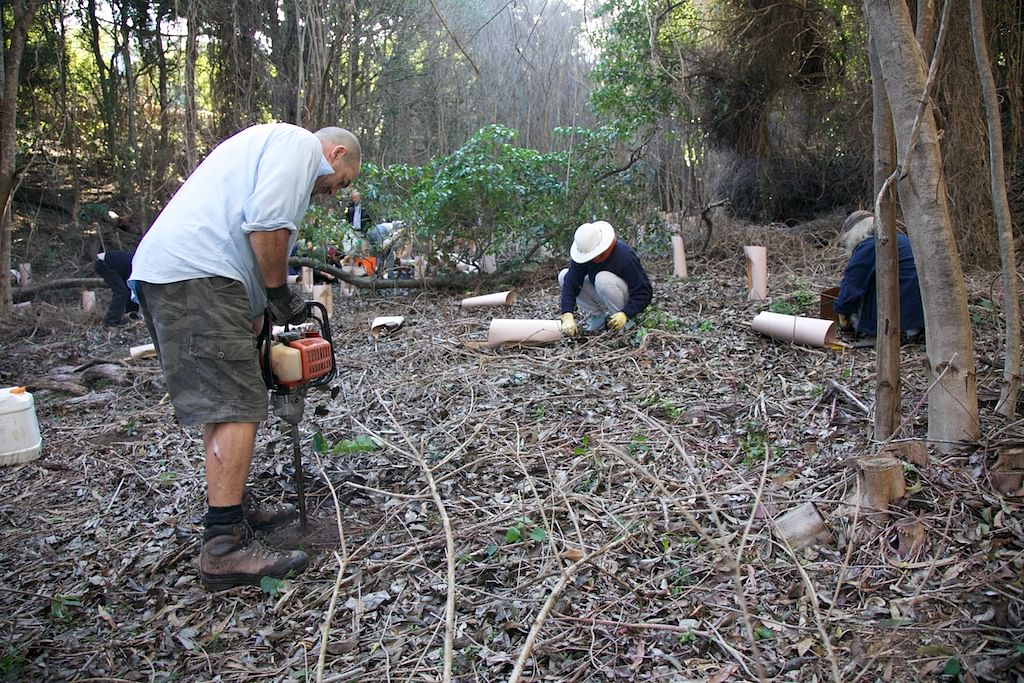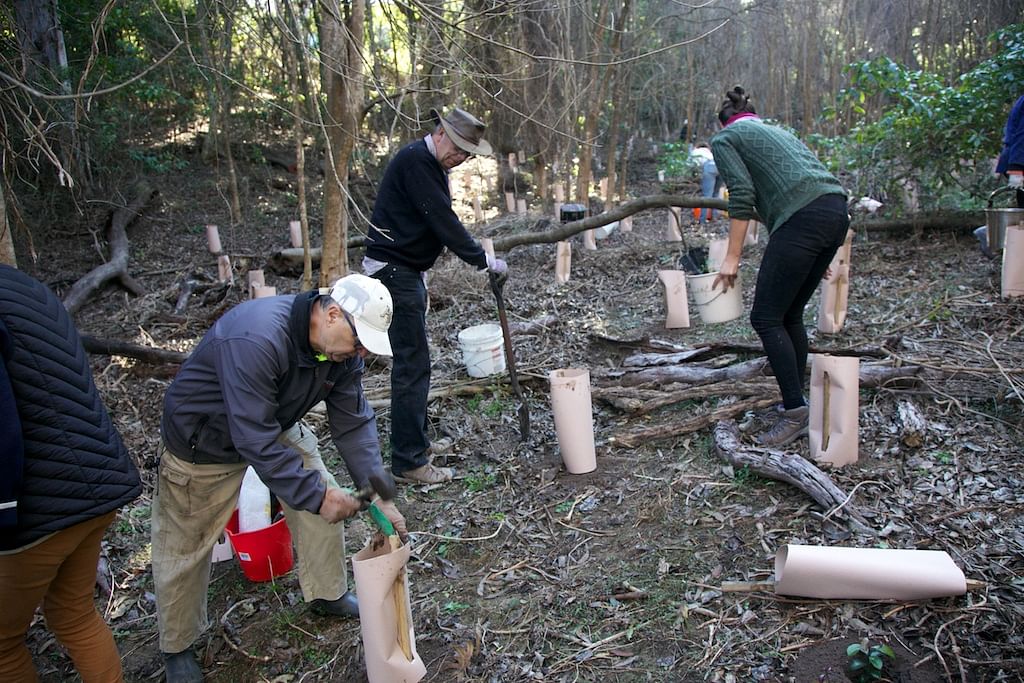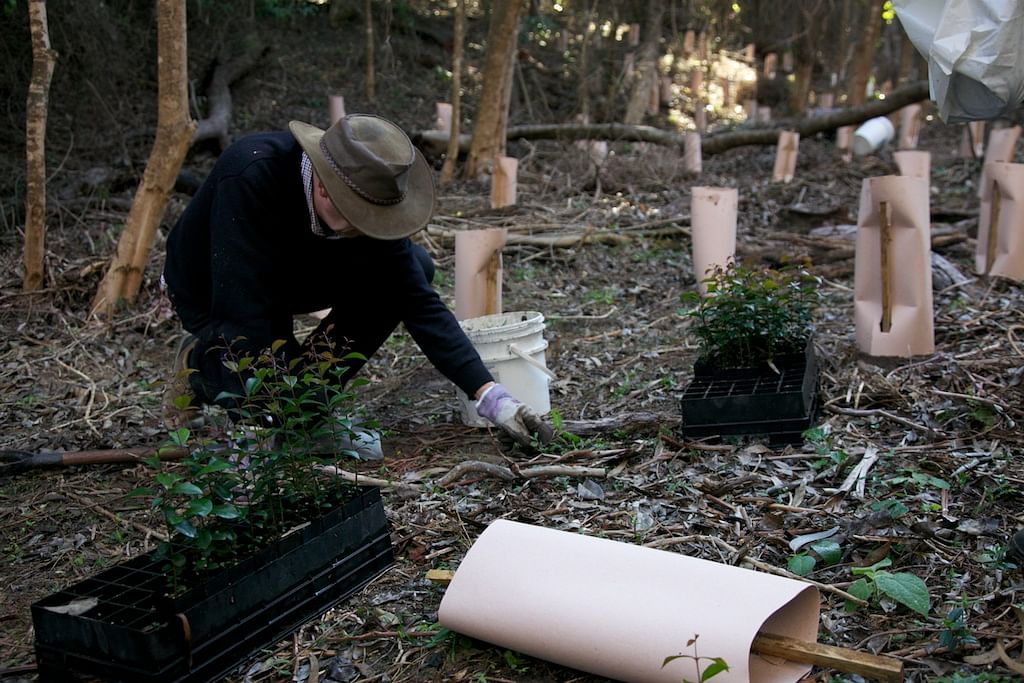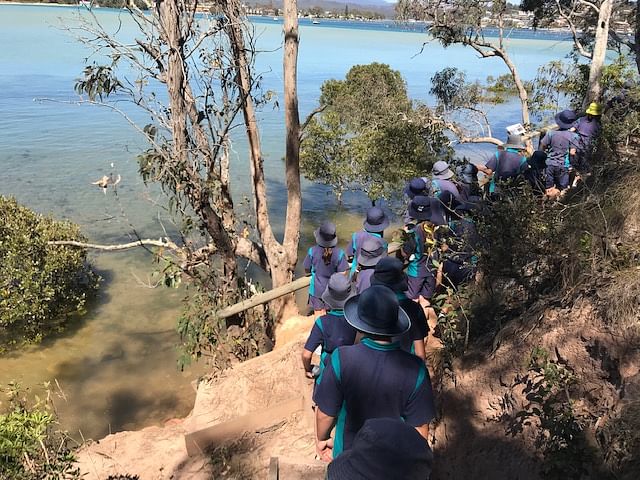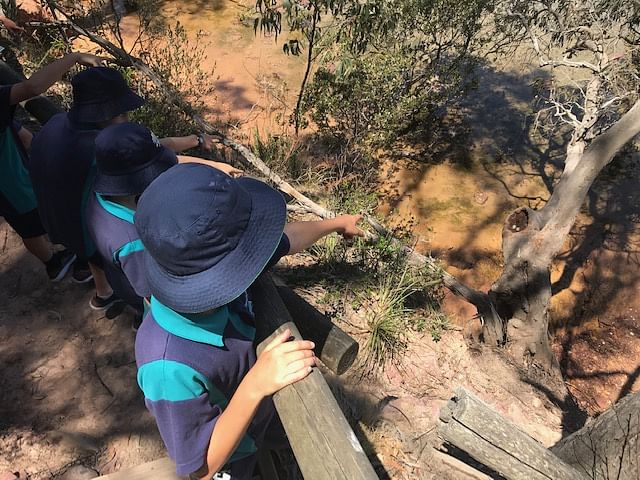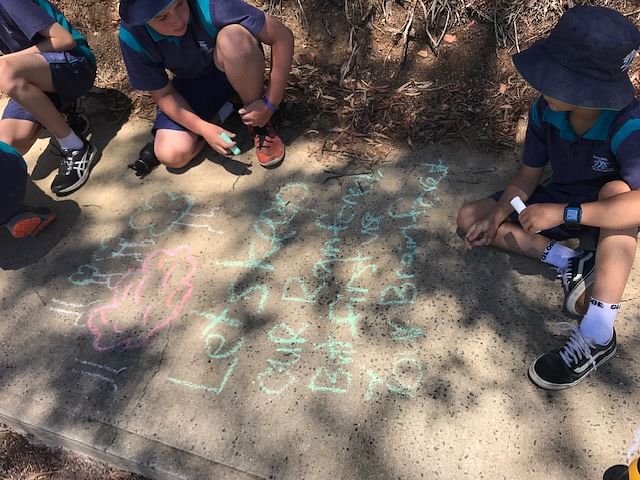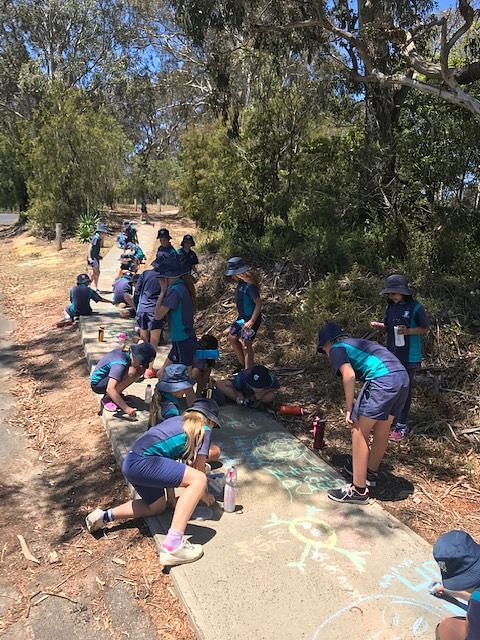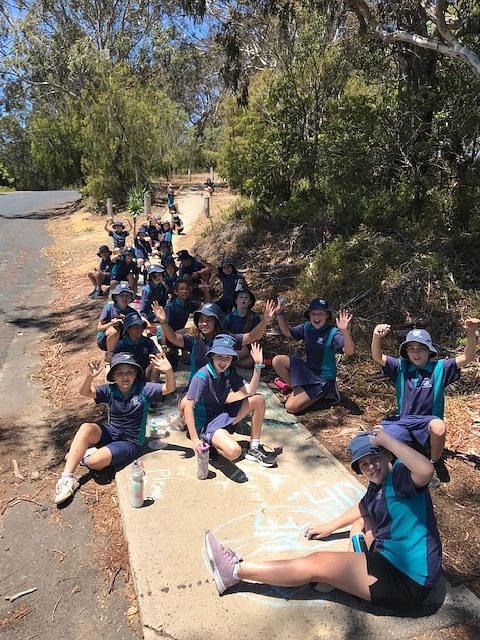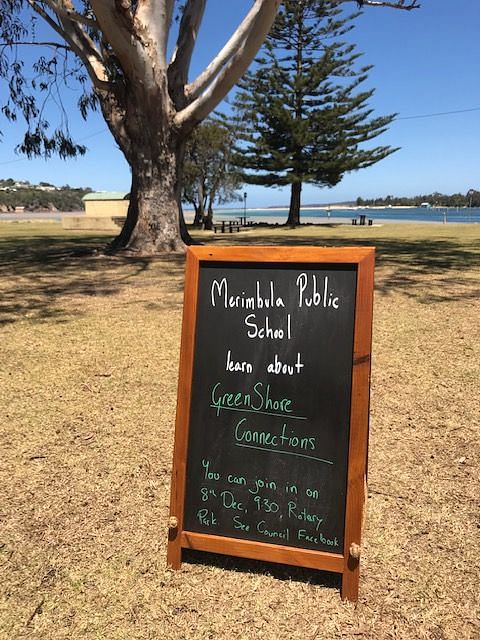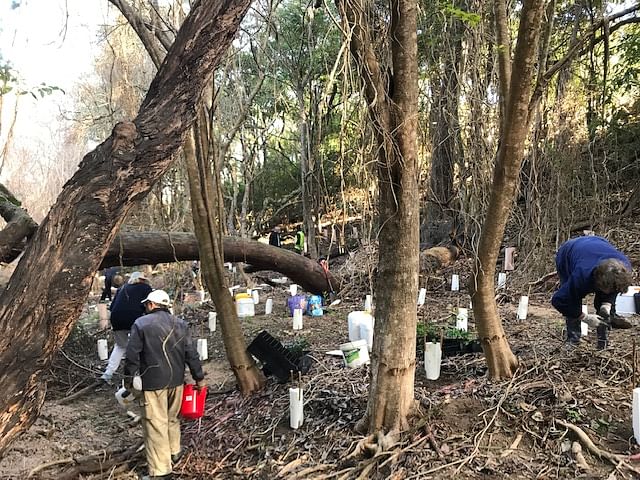GreenShore Connections Project
GreenShore Connections aims to restore the natural vegetation and connect local residents to the reserve.
Background
Lake Street Foreshore Reserve is situated on the shores of iconic Merimbula Lake, a key natural asset for the popular tourist town of Merimbula in the Bega Valley Shire. The Reserve contains a rare example of a remnant Littoral Rainforest pocket nestled within a township in the Shire and is a significant place for local Aboriginal culture. Through the focal point of Littoral Rainforest restoration, the project will connect cultures, and connect locals to the Reserve on their doorstep. On-ground works including weed removal and upgrades to the existing walking track will be complemented by a ‘Littoral Rainforest’ education program, to increase the awareness of local residents of the natural and cultural values of the Reserve and encourage local stewardship of the site. The project builds on a broader vision to develop a cycle path along Lake Street to further increase opportunities for locals and tourists to connect with the Reserve.
Purpose
To restore the natural vegetation and connect local residents to the reserve.
Being a linear reserve which is 50 meters wide and stretching one kilometre it has to contend with significant edge effects including weed incursion, garden dumping and stormwater. The primary concerns are the suite of weeds undermining the integrity of the natural vegetation communities at the reserve. Some of the weeds include various asparagus ferns including bridal veil creeper, polygala, japanese honeysuckle, privet and cotoneaster. Some of these weeds have the ability to transform a community overtime preventing recruitment of juvenile plants and changing the soil conditions which are not suitable for natives. Its proximity to urban development also exposes the site to an assortment of garden escapees. The main gully which feeds into the foreshore reserve is a key concern, providing a significant source of weed material. Many of these issues relate to social behaviours and practices surrounding the reserves in this area.
Funding
- 71K from the NSW Environmental Trust
Community Strategic Plan (CSP) link
This project is connected to Council's Community Strategic Plan Outcome 3 Sustainable Living: Goal 5 Our air and water is pristine and our natural environment and rural landscapes are protected.
Who to talk to
- Michael Fiedler
Environmental Management Officer
Ph: 02 6499 2348
Email: mfiedler@begavalley.nsw.gov.au
Project timeline
-
Stage 1 - January to December 2019
Site Assessment, Plan development, bush regeneration and weed control. Stage 1 activities included: seed collection day; camera trapping; Merimbula Public School; community working bee; and weed removal. For more details refer to Stage 1 activities
-
Stage 2 - January to December 2020
Bush regeneration, weed control, revegetation, track assessment and upgrades, community education events.
-
Stage 3 - January to June 2021
Revegetation, weed control, cultural burns, track upgrades, signage, community education Completion.
Stage 1 Activities
Seed collection day – councils environment team and local plant experts ventured into nearby bush and rainforest to collect seeds from plants that commonly grow in Littoral Rainforest communities, including Snake Vine, Milk Vine, Lilly Pilly, Victorian Christmas Bush and more. These seeds were grown in a local nursery to be planted in the reserve in Autumn 2020.
Camera trapping – camera traps were installed to capture images of animals living in the reserve. Don’t worry, the traps were positioned a long way away from the path so no humans were captured by our cameras.
Merimbula Public School – students joined councils environmental education officer to learn about this special reserve and why habitat is important for our native animals. The morning included educational games and a walk through the reserve. The students also got creative and wrote messages on the footpath for fellow passersby about why our reserve is special.
Community working bee – Neighbors of the reserve gathered to learn more about the program, ask questions and help by getting their hands dirty and pulling out one of the key weed species. Afterwards we caught up over coffee at Bar Beach Kiosk.
Weed removal – the removal of weeds has been an ongoing task. As of May 2020, approximately 4 hectares or 60% of the reserve has been cleared of weeds including Privet, Honey Suckle and Asparagus ferns.
Frequently Asked Questions
Three years.
Image Gallery
Media Release Updates



